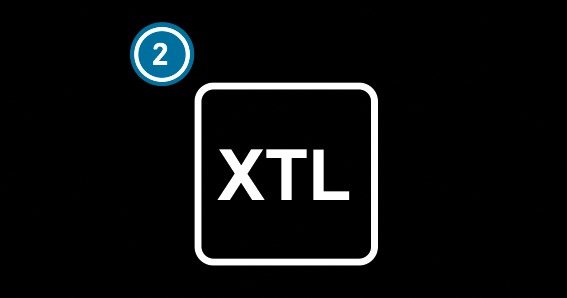Observe the notes on operating fluids More.
If you mix diesel fuel with petrol, the flash point of the fuel mixture is lower than that of pure diesel fuel.
Even small amounts of the wrong fuel could result in damage to the fuel system, the engine and emission control system.
petrol
marine diesel
heating oil
pure bio-diesel or vegetable oil
paraffin or kerosene
If you have accidentally refuelled with the wrong fuel:
Fuel contamination can lead to malfunctions in the fuel system.
on the vehicle on the instruction label in the fuel filler flap
throughout Europe on the fuel pumps or pump nozzles suitable for your vehicle




Alternatively, you can also refuel with paraffinic diesel fuel (e.g. HVO=hydrogenated vegetable oil, GTL=Gas-To-Liquid) that complies with the European standard EN 15940. Paraffinic diesel fuels are collectively known as XTL.
Refuel with paraffinic diesel fuels to EN 15940 only if the appropriate compatibility mark is present in your fuel filler flap.
Mercedes-Benz approves the use of B10 fatty acid methyl ester (low-sulphur diesel fuel with a maximum of up to 10% by volume fatty acid methyl ester) for all vehicles with Euro 5 diesel engines with Common Rail Direct Injector (CDI).
You may only refuel with the approved fatty acid methyl ester if the fatty acid methyl ester proportion conforms to the ASTM D6751 Standard. It must also have the required oxidation stability of at least 6 h, in accordance with the EN 14112 Standard. The sulphur content of the diesel fuel may not exceed the limit values for the sulphur content of diesel fuel stated above. Only approved fatty acid methyl ester with this fuel grade can avoid damage being caused due to residue build-up and/or corrosion.
Pure fatty acid methyl ester and diesel fuel that has a higher percentage of fatty acid methyl ester, e.g. B20, could damage the fuel system and the engine.
The identification of the fatty acid methyl ester on the fuel pump must clearly indicate that it fulfils the standard for low-sulphur diesel fuel. If the identification is not clear, do not refuel.
If you refuel with diesel fuel whose sulphur content is too high, the emission control system may be damaged.
Vehicle without diesel particulate filter: in countries in which only diesel fuel with a higher sulphur content is available, the vehicle's engine oil change is carried out at shorter intervals. Further information on oil change intervals can be obtained at a qualified specialist workshop.
from any Mercedes-Benz service centre
at MB BeVo-ONLINEunder the specifications on Sheet No. 136.2
Refuel your vehicle with as much winter diesel fuel as possible at the beginning of winter.
Before switching to winter diesel fuel, the fuel tank should be as empty as possible. When first refuelling with winter diesel fuel, only refuel using a small amount, e.g. to reserve level. When refuelling the next time, the fuel tank can be filled normally again.
at a filling station
at a qualified specialist workshop

